How to propagate a cotoneaster?
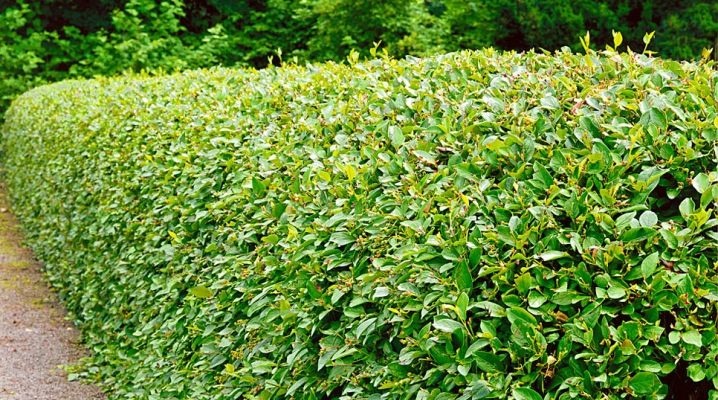
You can create a hedge or allocate a separate area in the garden, in the courtyard of a private house, using ornamental shrubs. The cotoneaster is especially popular, which is characterized by an unusual shape, color-changing leaves and colorful berries. Today, cotoneaster can be propagated by several methods, which have their positive and negative points. Having studied all the methods of reproduction, each gardener will choose the best option for himself.
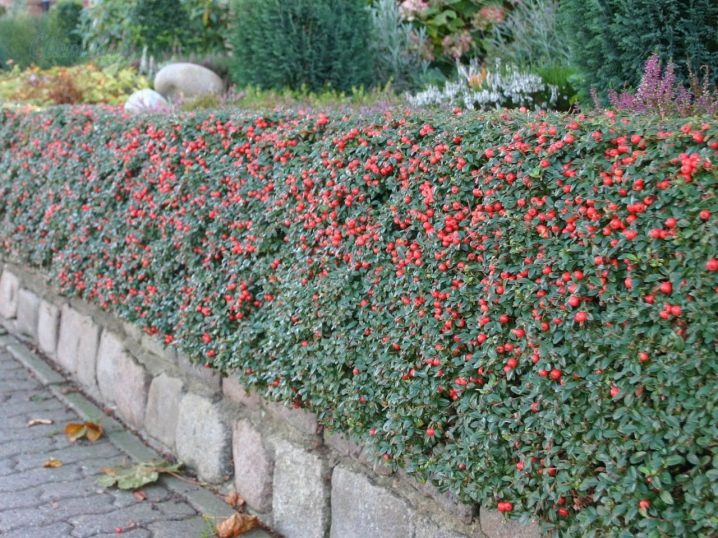
How to propagate a cotoneaster with seeds?
The cotoneaster is a shrub without thorns, its berries are not edible, but they are not poisonous either, therefore they attract many birds. It is also worth noting that the shrubs have a very flexible crown, which can be formed by giving it an interesting shape.
Since there are many varieties of cotoneaster, you can create a group planting or plant it alone. An ornamental shrub can grow in one area for about 50 years.
In addition, the cotoneaster is not capricious in its care, is not afraid of transplants, and also easily reproduces at home, without requiring special skills.

Cotoneaster is a flowering shrub on which fruits are formed. It is inside the flat-round berries that seeds appear that can grow. Seed germination is very weak, therefore, shoots are extremely rare around the shrub. The procedure for reproduction and germination of seeds is rather tedious and time-consuming - on average, it takes from 6 to 12 months.
When sowing seeds in the ground in early spring, it is recommended to cover the seedlings with acrylic, which will provide protection against recurrent spring frosts.
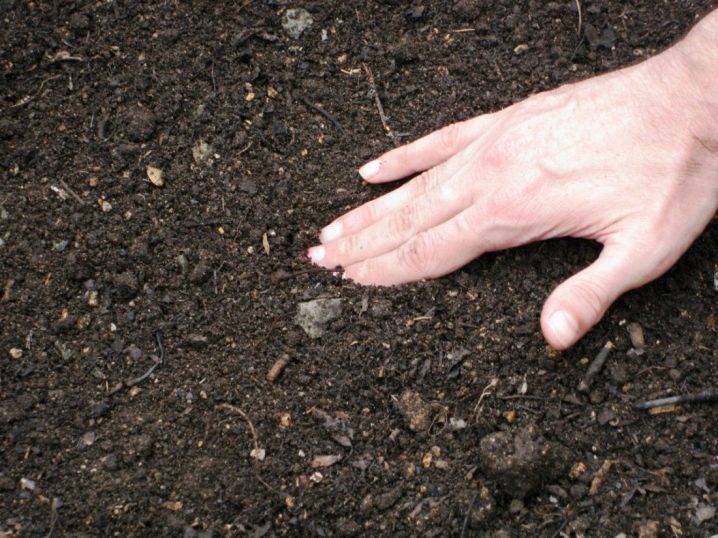
To grow an ornamental shrub by seed, you need to obtain and prepare seed. This procedure consists of the following steps.
-
Cotoneaster berries are gathered, wither a little, which will allow you to easily extract the seeds from the pulp. As a rule, berries ripen in autumn.
-
The soft shell is removed, and the seeds are thoroughly washed with water.
-
Seeds are tested for viability... To do this, they are immersed in a container of water - those that have sunk to the bottom are endowed with the potential for growth, and the rest are thrown away.
-
Seed stratification in progress (improved germination)... For this, a box is prepared with well-moistened sand or peat, where the seeds are immersed. The box is stored in a cool place (at zero temperature) for about a year. For some varieties of cotoneaster, 4-6 months is enough.
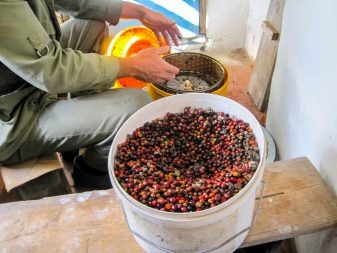

As soon as the first shoots appear, it is recommended to put the box in the brightest place, since the shoots need additional and constant lighting.... Seedlings are extremely rarely exposed to fungal infections, but as a preventive measure, it is recommended to add a solution of "Fundazole" to the tray of the box, which will thus gradually penetrate into the soil substrate. Transplantation to a permanent place of growth is carried out after 2-3 years. When transplanting, pinching is recommended.

Instructions for grafting
In order not to buy many cotoneaster seedlings, for example, to create a hedge or highlight an alley, an arch in the garden, it is enough to purchase 1-2 copies, and after a year you can independently propagate the shrub with green cuttings.
It is best to carry out cuttings in the summer.
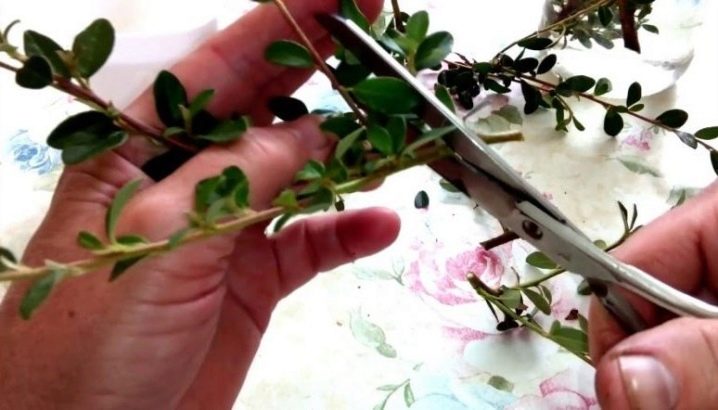
For this, the strongest branches are selected after pruning the growing bush.
-
The cuttings are placed in a container with water saturated with a growth stimulant.This is done to make the roots appear.
-
As soon as the roots appear, they must be transplanted into the ground. The soil should be nutritious, loose, light. Cuttings are planted at an angle of 45 degrees.
-
Transplanted specimens are regularly watered with settled warm water.
-
Each stalk is covered with a plastic bottle so that the neck is on top. It is convenient to water through it. When there is a prolonged heat outside, the bottle is removed.
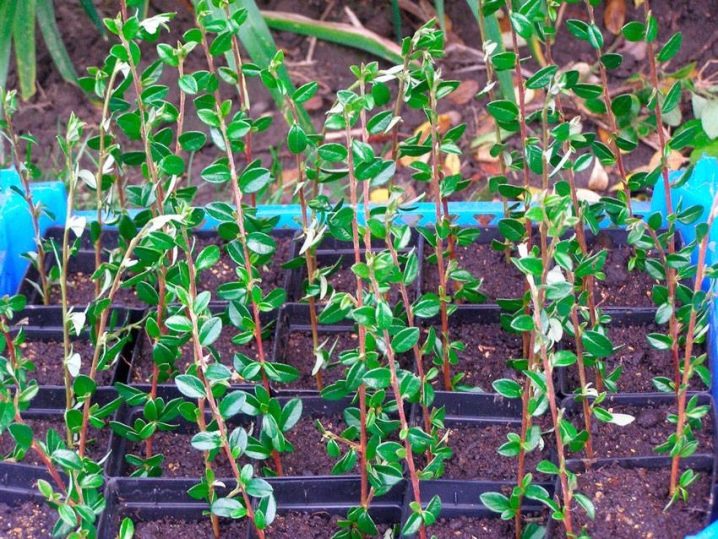
It is possible to root at home not only green, but also lignified specimens. In the fall, cuttings are selected, they are stored until spring in a cold place, in the refrigerator, and in the spring they are planted in the soil prepared in advance. The planting and care procedure is identical to that carried out with green cuttings - the tip of the cuttings is dipped in a growth stimulant solution, and then planted in a light, nutritious, breathable soil. Successful rooting is evidenced by the appearance of 2-3 new leaves on the handle.

It is important to note that in the prepared hole for planting a shrub it is necessary to lay a good drainage layer, which will prevent stagnation of moisture, provoking the processes of decay and damage to the root system of the plant.
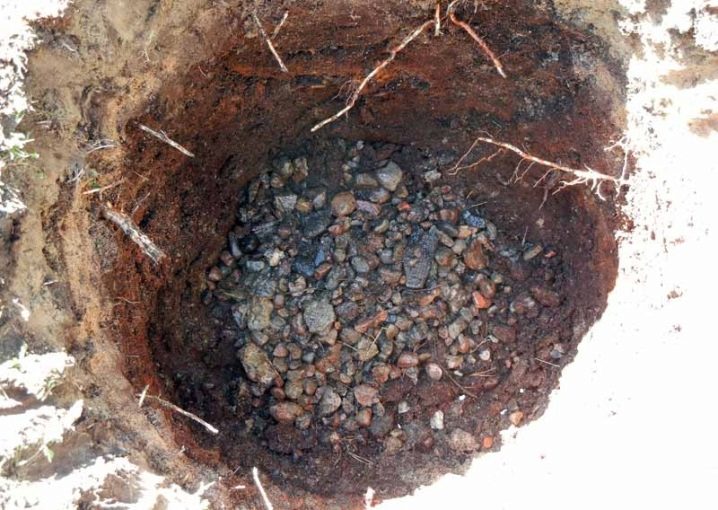
Reproduction by layering
There are varieties of cotoneaster that are recommended to be propagated by layering. Typically, this method is effective for creeping or horizontal shrub species. This is due to the fact that in such varieties the branches are located close to the ground, and sometimes even come into contact with the soil.
The process of reproduction by layering consists of the following stages.
-
Strong young branches are selected.
-
Pinned to the ground with metal staples.
-
The place of pinching (future rooting) is abundantly sprinkled with humus.
-
Throughout the summer, abundant watering of the rooting site is carried out.
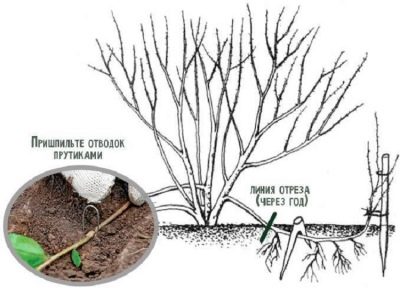
In the spring, it will already be possible to get new seedlings, which are transplanted to any chosen place. The separation is carried out with a sharp object, such as a shovel. Usually shrubs propagated in this way grow strong, healthy and beautiful, as they receive additional nutrition and energy from the mother bush for a long time.
Along with the main types of reproduction listed above, there is one more - the division of the bush. To do this, the overgrown shrub is dug or dug in and the roots are divided into parts. These individual plants are then transplanted into selected locations. The procedure is performed in early spring or early autumn.
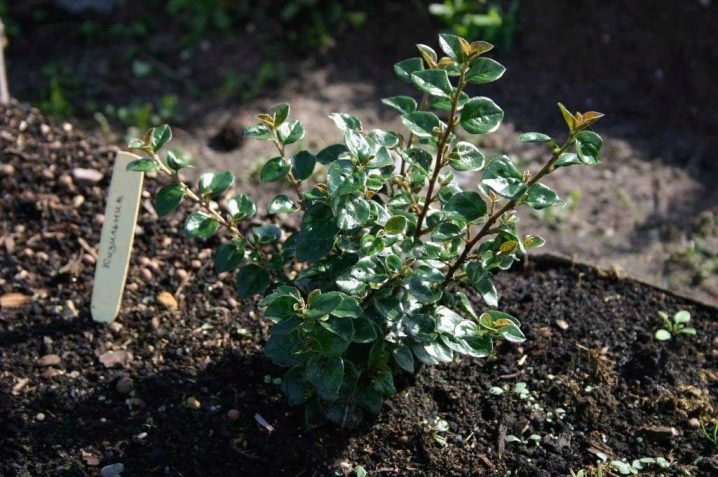
The planted cotoneaster shrub is completely unpretentious to care for. It is worth noting its drought resistance, good tolerance to temperature fluctuations, as well as good immunity to various kinds of diseases. Caring for a shrub consists of watering (especially during the period when the plant is just planted), making additional fertilizing (twice a season), pruning - forming, sanitary and rejuvenating.
Varieties with moderate frost resistance need shelter with spruce branches, large sawdust or agrofibre, which protects against freezing.
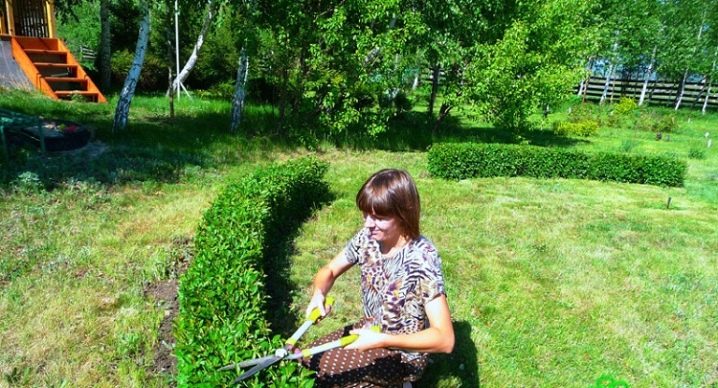

































































The comment was sent successfully.